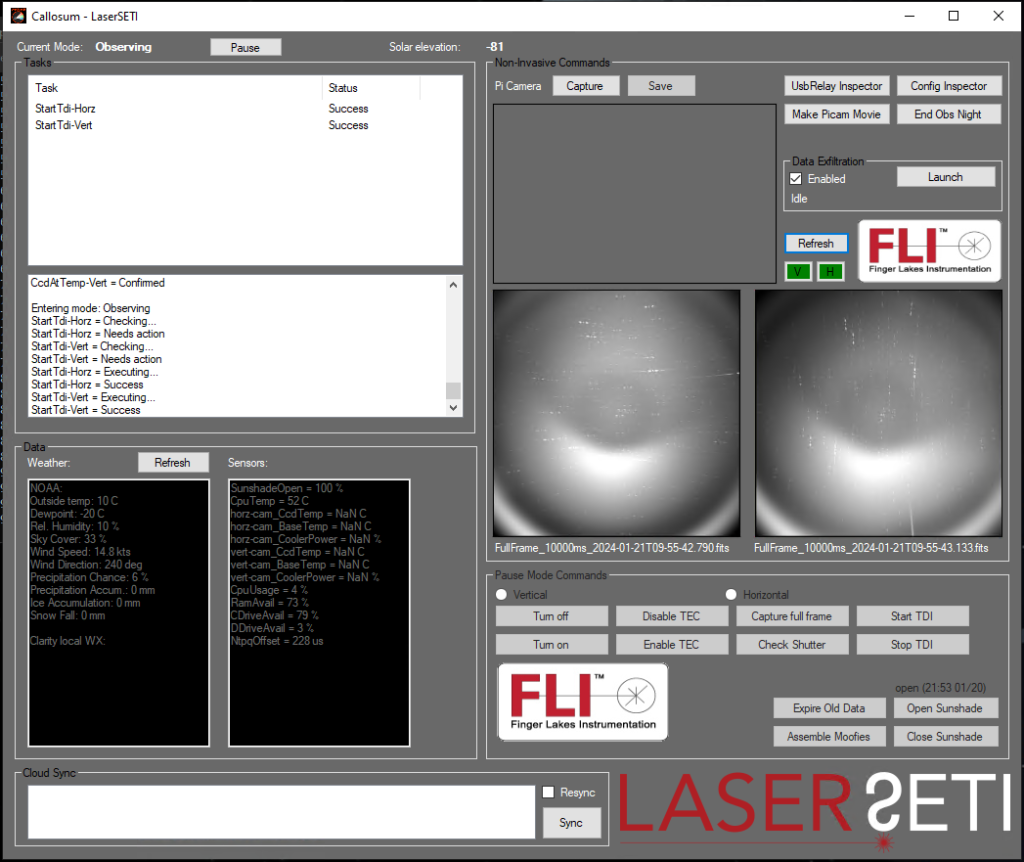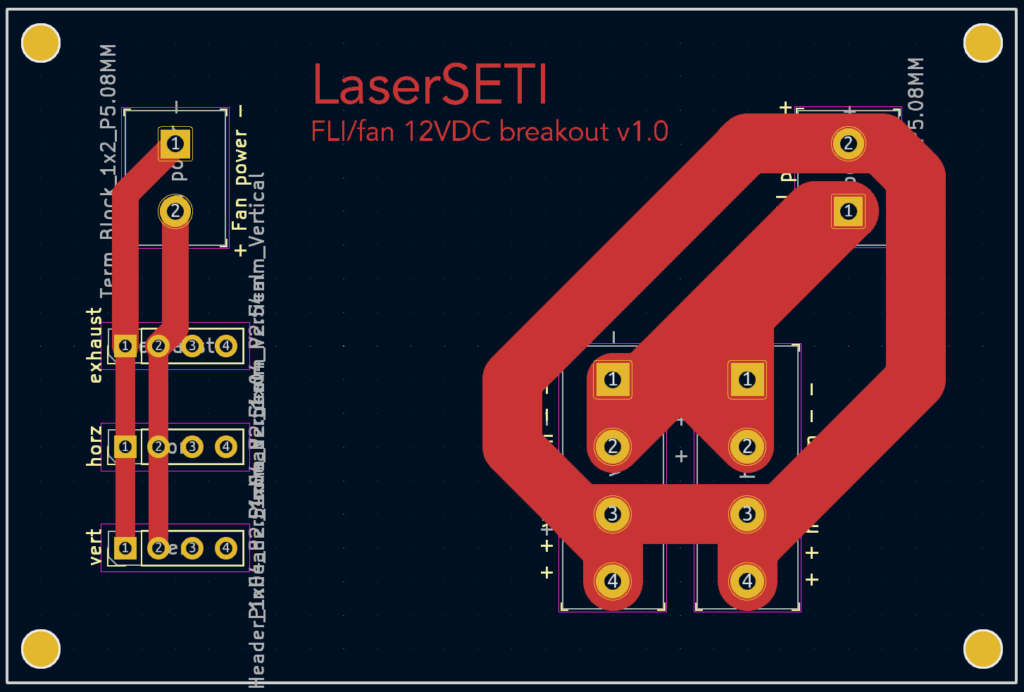A New Puzzle
Some of my favorite moments in science are when we find something that we didn’t think was possible. I also think that’s a good way to describe a SETI experiment: an non-nature detector, sifting through the universe looking for something we don’t think nature does.
Today’s instance is an invisible pulsar companion with a mass much larger than a typical neutron star, perhaps the largest on record, and in the range where it’s expected to collapse into a black hole, essentially at or above the “TOV limit.” I’ll let Science News explain.

For those who enjoy these types of mysteries, I also recommend the so-called OMG Particle in the field of ultra-high-energy cosmic rays, which broke the “GZK limit.”


